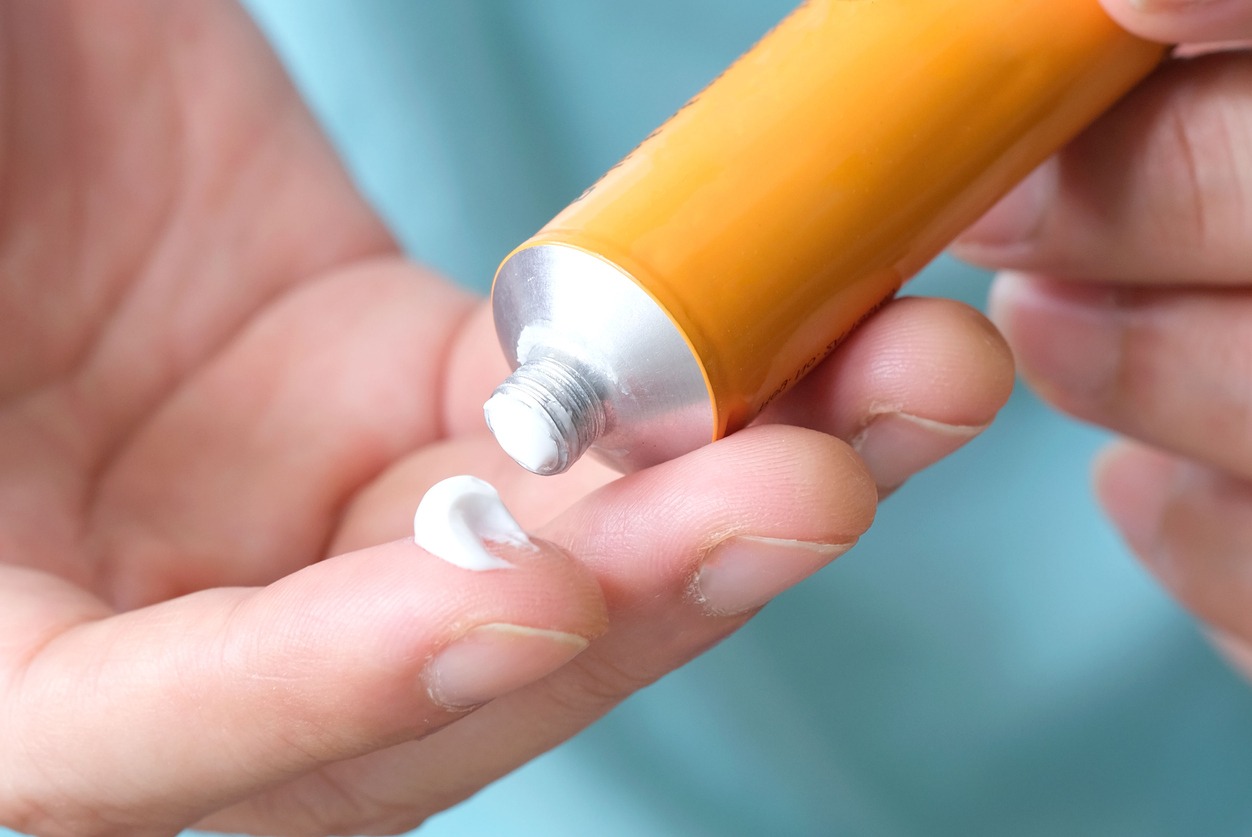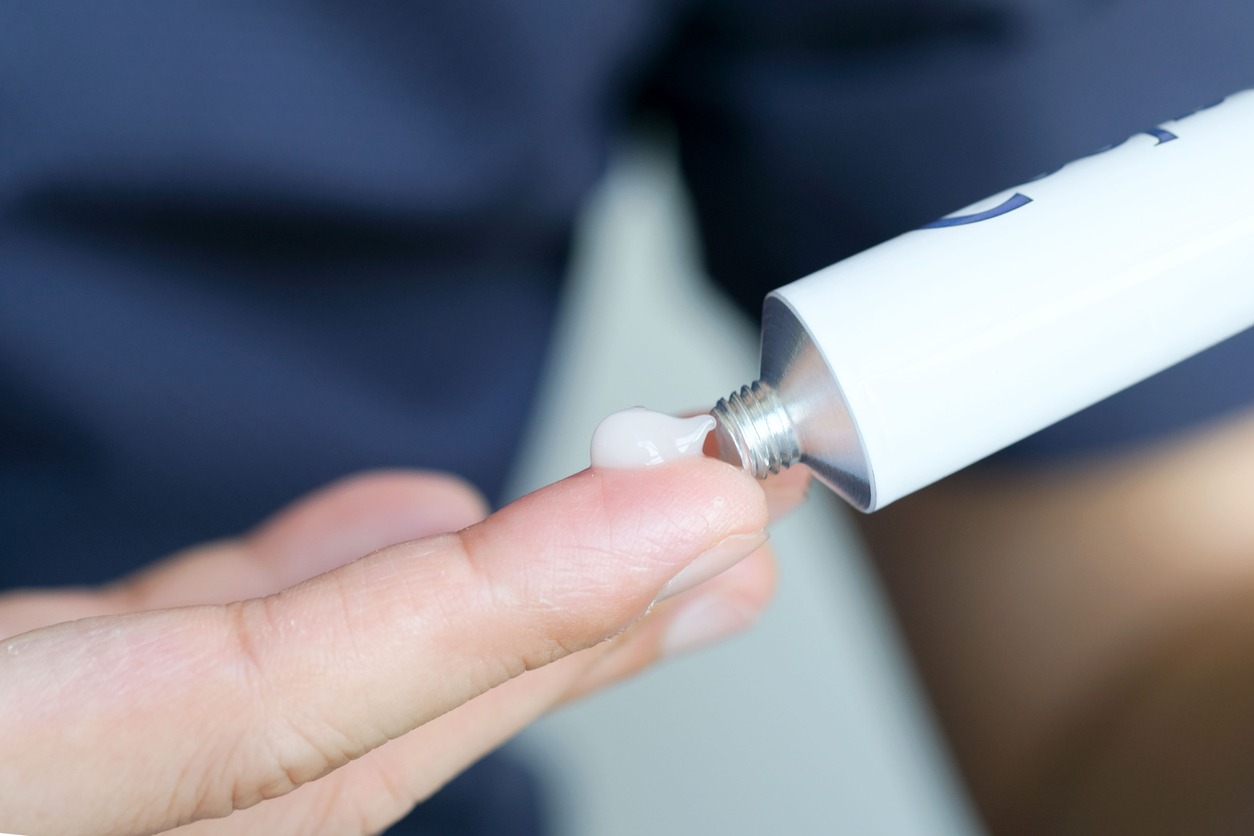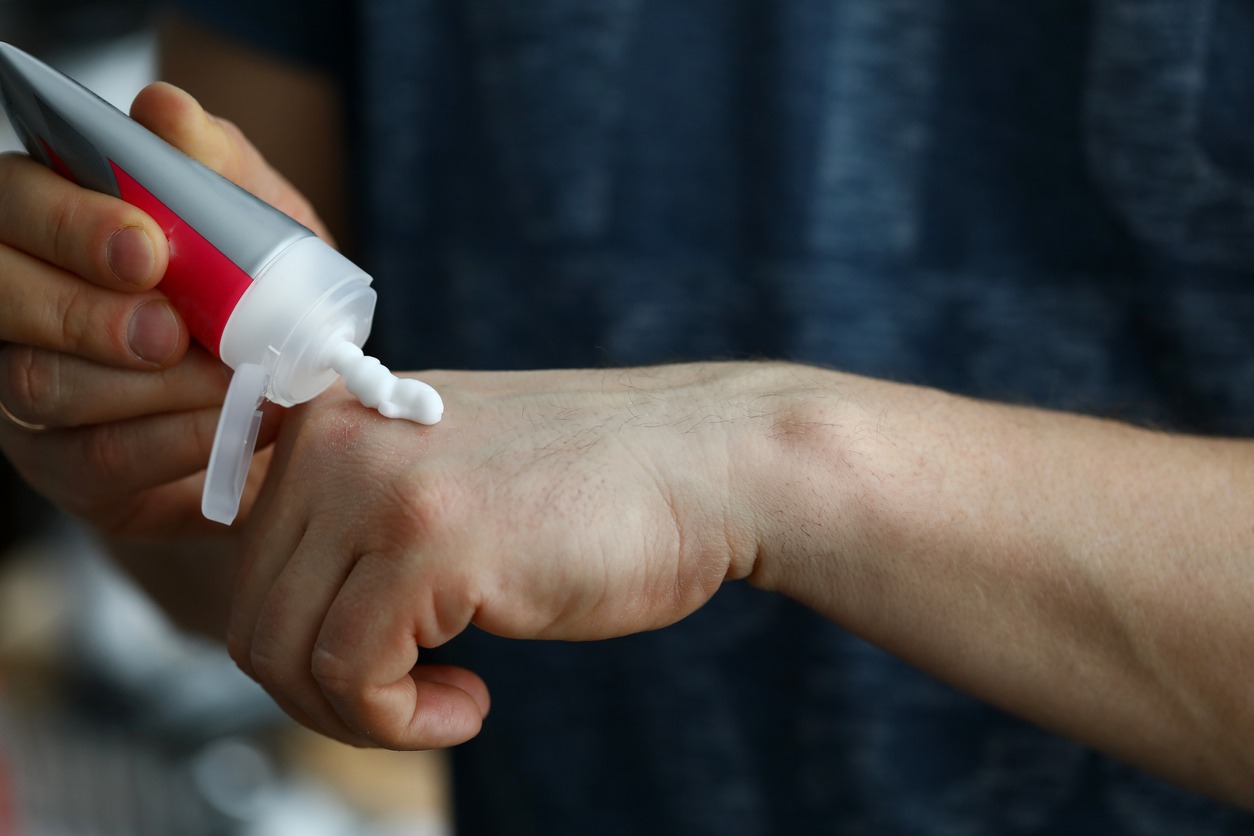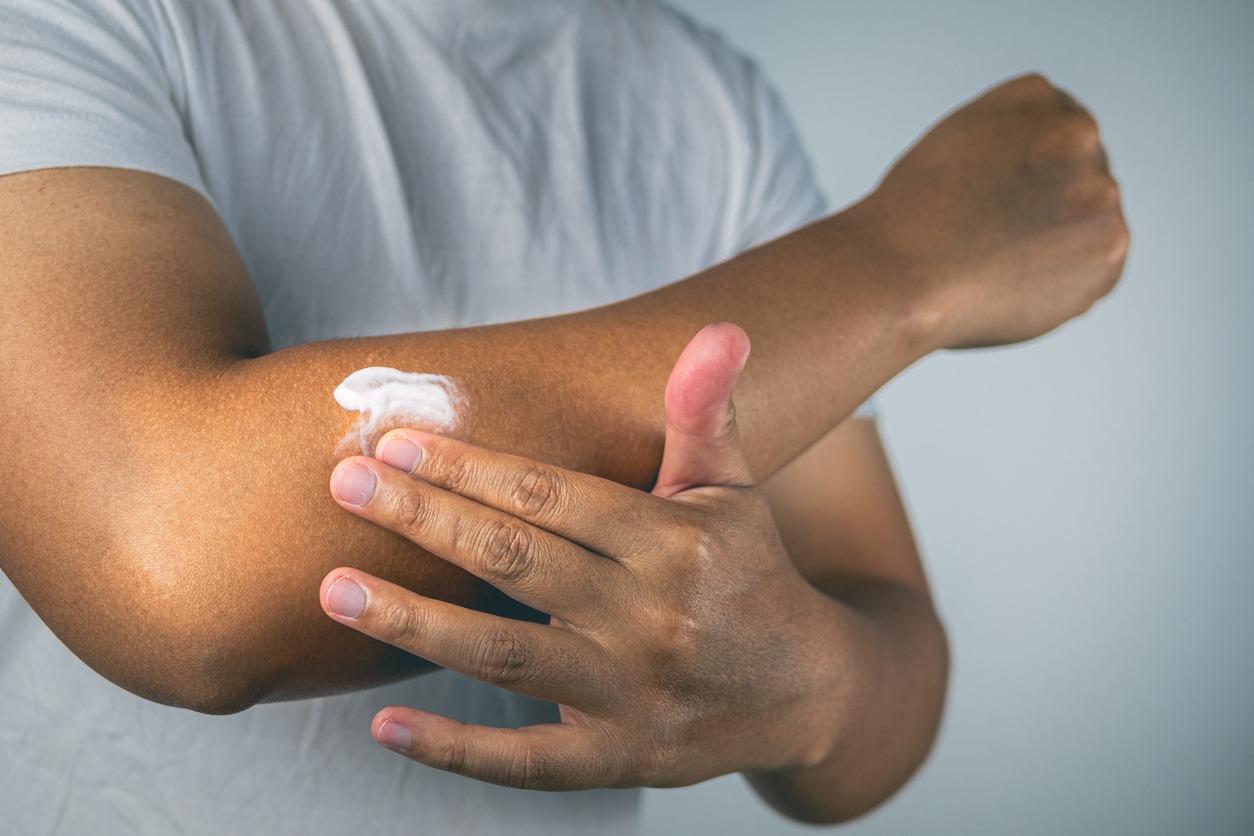Pain and inflammation are relatively common for people that are constantly using different parts of their bodies, particularly the arms and the legs. When the legs and arms are overused, they tend to get sore, and inflammation would start to appear in the painful areas of those body parts. Inflammation can also occur when there is a specific area of the body that is infected by viruses or bacteria, and the soreness and redness could often be much worse for infections.
Fortunately, there are now anti-inflammatory creams that can be used to reduce the inflammation in the affected areas of the body. What are these anti-inflammatory creams? And are they available over the counter in pharmacies or drug stores? We will find out more as we dive into the guide to over-the-counter anti-inflammatory creams.
What are Anti-Inflammatory Creams?
Anti-inflammatory creams are a type of topical medication that is applied on affected parts or areas of the body. These anti-inflammatory creams are effective in alleviating muscle pain, short-term sprains or muscle strains, soreness in the joints, and inflammation in the skin. [1] Many anti-inflammatory creams can be bought over the counter in pharmacies, so you don’t need a prescription to buy them. However, there are stronger creams that do require a prescription that is issued by a doctor after a checkup.
What are the Ingredients Found in Anti-Inflammatory Creams?
There are different ingredients that are found in anti-inflammatory creams, with some being absent in several products while others are more common. Here are descriptions for each of these anti-inflammatory cream ingredients.
Methyl Salicylate
Methyl salicylate is one of the most common ingredients used in anti-inflammatory creams, as it is effective in reducing soreness and redness. Methyl salicylate is often called wintergreen oil, which is derived or extracted from a group of aromatic plants called wintergreen. These aromatic plants would usually have a minty fragrance and can cool down areas of the skin and muscles that are affected by inflammation.
Menthol
Menthol is another ingredient that helps cool down sore areas of the body. The cooling effect of menthol is particularly used to decrease the temperature of inflamed body parts, which are normally warmer compared to unaffected parts because of how overused or infected they are.
Capsaicin
The opposite of menthol and methyl salicylate is capsaicin, a compound that is found in chili peppers and is particularly utilized to make the sore body parts feel a warm sensation. Providing a warming sensation on the sore areas of your body can help in reducing pain, as the sensation numbs the pain receptors. These pain receptors are responsible for sending signals to your brain that your arms, legs, and other body parts feel pain, and by numbing them, you will be able to reduce the pain you are feeling.
Lidocaine
Besides capsaicin, lidocaine is another ingredient used to block pain receptors and nerve endings of the skin, which can help in reducing inflammation. Lidocaine is primarily used to numb the sore skin and muscles so that they will have a faster time recovering from overuse and infection.
What are the Dangers of Overusing Anti-Inflammatory Creams?
Much like different types of medicines and ointments, using anti-inflammatory creams too much can present dangers to your skin or to other organs in your body. Whenever you are applying an anti-inflammatory cream on your skin, you need to make sure that you only apply just a thin layer of it, as the cooling and warming effects of the cream can sometimes burn your skin or make your skin dry.
In addition, there is a high chance of you getting salicylate poisoning, which can cause hyperthermia, vomiting, nausea, and other symptoms that can be painful or uncomfortable for your body. To avoid salicylate poisoning, you should only apply a few amounts of anti-inflammatory cream and don’t apply them frequently.
If the sore and painful areas of your body worsen or haven’t been healed at all by anti-inflammatory creams, then we suggest that you already stop using the creams and consult your doctor for more effective ways to reduce the soreness and inflammation in the affected areas.
Tips for Applying Anti-Inflammatory Creams
In order for anti-inflammatory creams to be more effective, you shouldn’t just simply apply them nonchalantly on your skin. Here are some tips for applying anti-inflammatory creams properly.
- Check the ingredients or compounds in the anti-inflammatory cream first, as there may sometimes be specific elements in the cream that you are allergic to.
- If there is menthol in the anti-inflammatory first, make sure that your skin isn’t sensitive to the cooling effect of menthol, or else the ingredient can just make the sore areas of your body worse.
- Never use anti-inflammatory creams if the affected areas have rashes, burns, or wounds. The creams can just irritate those areas and worsen the symptoms.
- Only apply a small amount of anti-inflammatory cream at least three times a day. [2] The cream you will apply should be much smaller in size compared to the top portion of your pointer finger. Applying too much of the cream can cause dryness and burning to your skin.
These are some of the basic things you need to know about anti-inflammatory creams. Make sure that you use an over-the-counter cream that doesn’t have ingredients or compounds that can cause allergies to your skin so that you won’t have trouble treating muscles or parts of your skin that are suffering from pain, soreness, and inflammation.
You may also check out our Guide to Choosing the Right Anti-Inflammatory Creams for more information.
References
[1] Rao, H. (2022, June 18). Anti-Inflammatory Creams for Pain: What You Need to Know. GoodRx Health. Retrieved February 22, 2023, from https://www.goodrx.com/classes/nsaids/topical-nsaids-pain-inflammation-need-to-know
[2] HealthHub. (2020, February). Non-Steroidal Anti-inflammatory Drugs (topical). HealthHub. Retrieved February 22, 2023, from https://www.healthhub.sg/a-z/medications/393/Non-Steroidal-Anti-inflammatory-Drugs-topical





